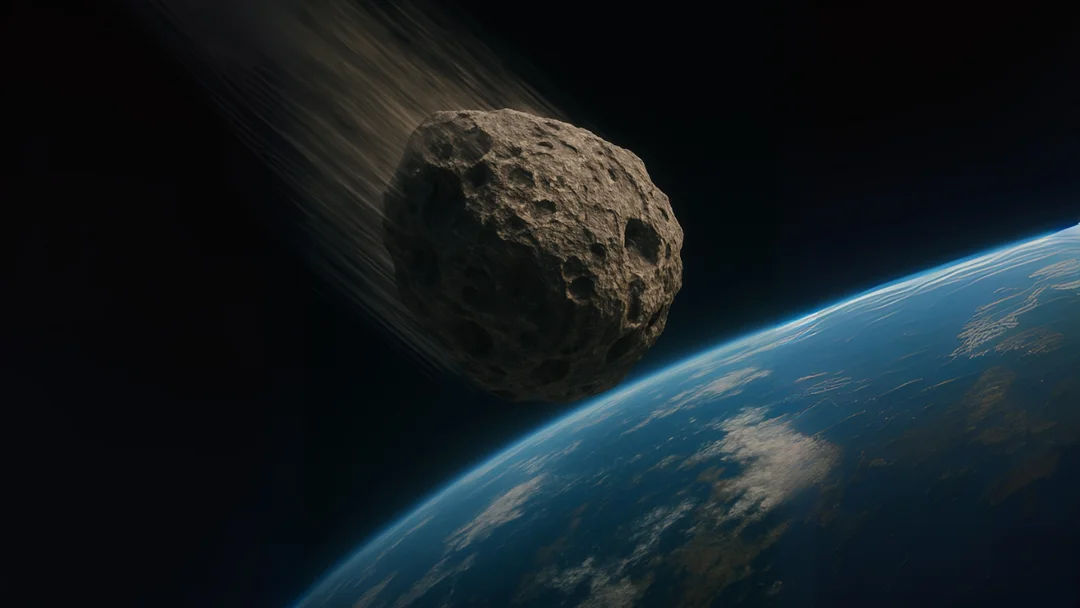
NASA Warns: Giant Asteroids Approaching Earth – Should We Be Worried?
NASA is keeping a close watch on several large asteroids making their way towards Earth, raising concerns about potential impacts. While experts say there's no immediate danger, the sheer size of these space rocks warrants attention. This close proximity underscores the importance of ongoing monitoring and planetary defense efforts.
One of the most significant is Asteroid 2003 MH4, a massive object estimated to be around 1,100 feet in diameter. NASA's Jet Propulsion Laboratory (JPL) has classified it as a potentially hazardous object due to its size. While it will pass by at a distance of approximately 6,680,000 km on May 24th, which is relatively far, its size categorizes it as needing continuous observation. Asteroid 2003 MH4 belongs to the Apollo group of asteroids, known for crossing Earth's orbit.
Adding to the concern is Asteroid 2025 DT50, a 330-foot-wide (101m) skyscraper-sized space rock. It made a close approach on May 14th, passing at a distance of 6.1 million km while traveling at a speed of 23,025 km/h. 
Comparatively, if an asteroid like 2025 DT50 were to strike Earth. Experts say that at 330 feet wide, it's more than five times larger than the asteroid that exploded over Chelyabinsk, Russia in 2013, which injured over 1,500 causing widespread destruction across hundreds of square kilometres.
NASA's Center for Near-Earth Object Studies (CNEOS) plays a crucial role in monitoring near-Earth objects and assessing their potential risks. While current data suggests that Earth is safe from these particular asteroids for now, scientists acknowledge that slight orbital deviations could transform a harmless flyby into a dangerous collision.
The agency also mentioned sleepless nights were given by other asteroids: Asteroid Apophis, and asteroid 2024 YR4 which was originally predicted to hit Earth in 2032, but later observations with the James Webb Space Telescope found that it will miss Earth in 2032. Later calculations indicated that if it misses the planet, it might hit our Moon, and as always, scientists will give their regards to it every month.
While NASA continues its vigilance, the repeated warnings about asteroids serve as a reminder of the constant cosmic activity surrounding our planet. The question remains: Are we doing enough to prepare for a potential impact, and what further steps can be taken to enhance our planetary defense capabilities?
What steps do you think should be taken? Share your thoughts and opinions in the comments below!